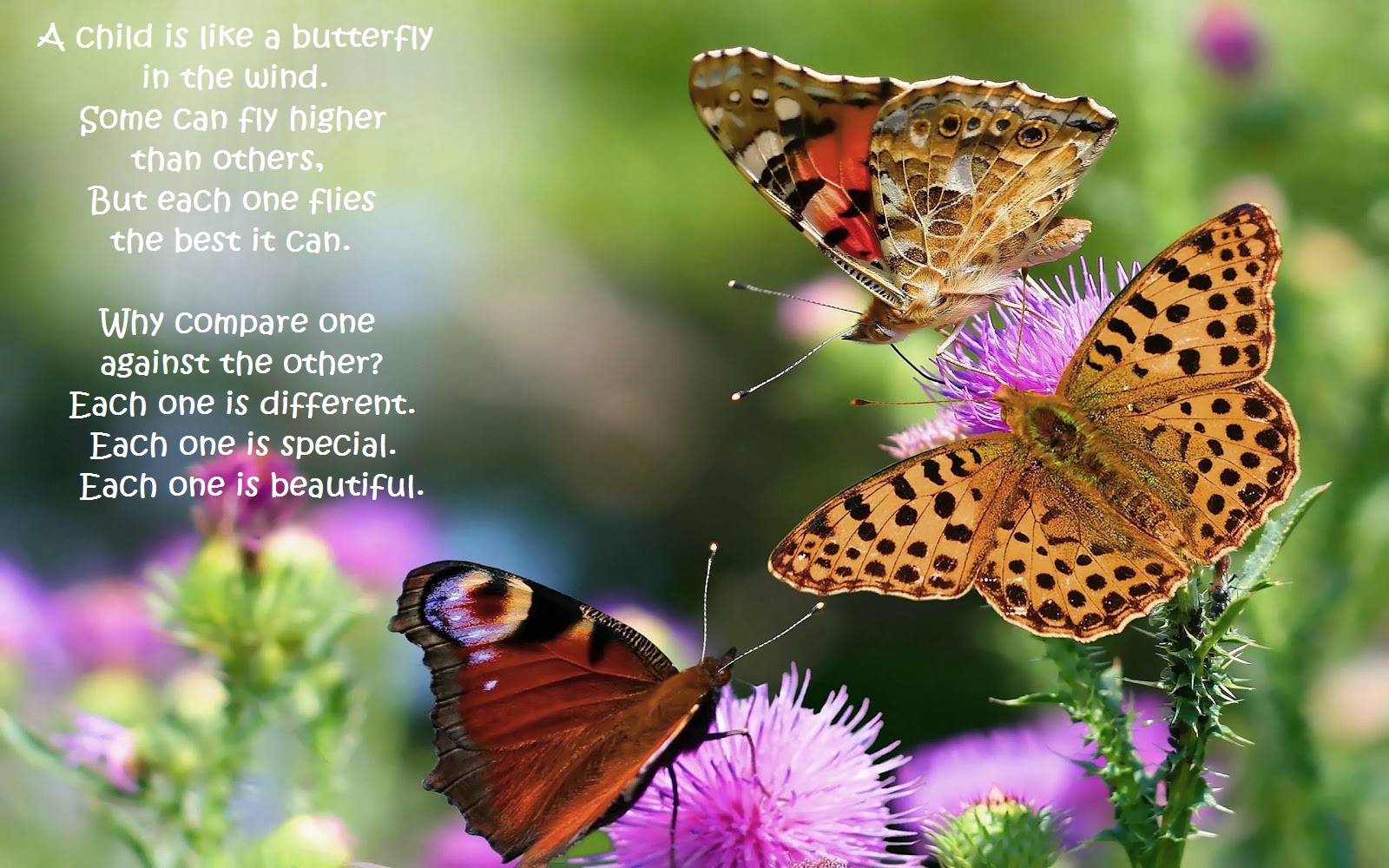Looking at the Inner Child more closely.
 All of us were born in the state of the pure, natural child: fully dependant, total-feeling, euphoric, fully present, unadjusted, innocent, trusting. This state of being did not last long for some of us, or it took some more time for other before it was lost. After some years we were completely submitted to the rules imposed by our parents, moved away from the essence with which we entered the world. In our core we keep this precious part of ourselves, it is covered underneath several layers of protection, waiting to be newly discovered.
All of us were born in the state of the pure, natural child: fully dependant, total-feeling, euphoric, fully present, unadjusted, innocent, trusting. This state of being did not last long for some of us, or it took some more time for other before it was lost. After some years we were completely submitted to the rules imposed by our parents, moved away from the essence with which we entered the world. In our core we keep this precious part of ourselves, it is covered underneath several layers of protection, waiting to be newly discovered.
 During the pure child’s first years of life, it had to adjust itself to the circumstances in the surroundings where it would be growing up. There was no attention for the essence of the youngest member of the family. Unadjusted? Impossible! Euforic? O no! All essential qualities had to be constrained more and more. Because of this there was a lack of one (huge) basic need: noticing, seeing, who we essentially are. This caused a lot of consecutive painful moments with corresponding emotions and feelings. With this pattern of experiences the hurt child arises.
During the pure child’s first years of life, it had to adjust itself to the circumstances in the surroundings where it would be growing up. There was no attention for the essence of the youngest member of the family. Unadjusted? Impossible! Euforic? O no! All essential qualities had to be constrained more and more. Because of this there was a lack of one (huge) basic need: noticing, seeing, who we essentially are. This caused a lot of consecutive painful moments with corresponding emotions and feelings. With this pattern of experiences the hurt child arises.
It just is not possible not getting hurt as a newly born human being. Also, it is impossible that at times the baby needs attention or needs to be fed, it indeed will be having this attention or food. The baby learns to cope with these experiences during its first years of life. Not meeting the baby’s primary needs causes shame. Crossing the baby’s boundaries causes shock, parents and/or caretakers do this by using verbally, emotionally, physically and sexually harmful behaviour. Shame and shock came up because the baby could not process the experiences, it was unable to contain them and it got overwhelmed. Later-on these experiences will be called unsafety (panic), uncertainty (rejection/abandonment), fury (because of bodily, verbal end emotional violence), disgust (e.g. because of sexual violence), frustration, unworthiness.
When a child grows up in an atmosphere of shame and shock, the parents are completely unaware of their child’s needs, maybe also regularly crossing the child’s boundaries. With the child this causes an accumulation of unprocessed imprints and emotions. Crossing boundaries causes shock; absence of and rejection by the parents or caretakers cause shame with the child. Shock and shame have to be dealt with apart from each other, with sometimes an overlap.
 Child and shock – In some parapgraphs above we noticed that, when a child has to cope with boundary-crossing behaviour by the parents/caretakers, it has to learn to deal with shock. Often violence is involved as well. When these circumstances occur shortly one after the other, shock develops, with can result in freezing. The reason for this is that for his/her life the child is dependant on the parents/caretakers, he/she cannot fight or flee. When, after such confrontations the child will not be reassured in order to relax after the fear and panic (animals shake off their fear), and these confrontations take place shortly after one another freezing will settle in de nervous system. Body and mind will be in an alert state all the time, even when not necessary. Physical complaints will develop in the muscles and/or the organs. In the present an approaching person will be experienced as danger occurring yet again. This can be shocking, both to yourself as your companions.
Child and shock – In some parapgraphs above we noticed that, when a child has to cope with boundary-crossing behaviour by the parents/caretakers, it has to learn to deal with shock. Often violence is involved as well. When these circumstances occur shortly one after the other, shock develops, with can result in freezing. The reason for this is that for his/her life the child is dependant on the parents/caretakers, he/she cannot fight or flee. When, after such confrontations the child will not be reassured in order to relax after the fear and panic (animals shake off their fear), and these confrontations take place shortly after one another freezing will settle in de nervous system. Body and mind will be in an alert state all the time, even when not necessary. Physical complaints will develop in the muscles and/or the organs. In the present an approaching person will be experienced as danger occurring yet again. This can be shocking, both to yourself as your companions.
 Child and shame – Absence (sometimes even abandonment) of and rejecting (denying basic needs like safety, affection/love, warmth, care, food, clothing) by the parents or caretakers will be causing shame with the child. Within the child convictions will emerge like ”I am not worth it”, ”I am not good enough”, ”This occurred because of me”, ”I am not allowed to be around”. With these convictions the child develops a deep feeling of uncertainty and a sharp decrease of its self-esteem. At a later age these experiences may lead to behaviour in which an innocent request for a little more will be received as a great loss or even abandonment. In order to avoid feeling this pain, this person may decide to withdraw from a friendship, totally, or partly. The child will develop compensational behaviour, possibly including neurotic or narcissistic characteristics.
Child and shame – Absence (sometimes even abandonment) of and rejecting (denying basic needs like safety, affection/love, warmth, care, food, clothing) by the parents or caretakers will be causing shame with the child. Within the child convictions will emerge like ”I am not worth it”, ”I am not good enough”, ”This occurred because of me”, ”I am not allowed to be around”. With these convictions the child develops a deep feeling of uncertainty and a sharp decrease of its self-esteem. At a later age these experiences may lead to behaviour in which an innocent request for a little more will be received as a great loss or even abandonment. In order to avoid feeling this pain, this person may decide to withdraw from a friendship, totally, or partly. The child will develop compensational behaviour, possibly including neurotic or narcissistic characteristics.
 The hurt child (litterally) embodies the genuine pain belonging to the first experiences of boundary-crossing and/or abandonment/rejection.
The hurt child (litterally) embodies the genuine pain belonging to the first experiences of boundary-crossing and/or abandonment/rejection.
As man grows older he/she creates yet another survival strategy in order to be able to cope with this pain: the older, surviving child arises. An important skill of this child is that he/she is unable to feel panic in situations of physical closeness of rejection. This occurs through creating a kind of armour in the body’s tissue, like the skin, muscle tissue and the organs. Continuous wheeziness can be a result of tension in the lungs because of this kind of armour, which exists to be able to cope with danger. At the same time, the older, surviving, child develops behaviour, like:
- Creating a big wall around him/herself;
- Withdrawing, effacing him/herself;
- Development of addiction (work, adrenaline, food, sex, drugs);
- No attention for him/herself, pointing it to other people;
- Wanting to understand everything (rationalization);
- Ability to adjust him/herself, putting on a brave face.
It’s not wrong, having this armor, it has a function: with it, we are able to take our space, create our ego. The survival strategy with which the armor could develop itself is unique to each individual, brilliant, even: it is fitting exactly to what each of us used to be. Yes indeed: ”used to be”. For the way we are today slowly slowly is making us aware of the fact that this armor doesn’t fit so well as it used to, it even squeezes at some places. In therapy we will be looking at places where we can adjust the armor, maybe tear it a bit or cut a piece from it, as a matter of saying – in order to obtain more space within the older, growing up, child for growth toward the loving adult inside of us. The loving adult, the absence of its presence in our early youth has been so painful.
 For almost everybody to whom it is necessary to work with the inner child the loving adult is a hardly known, or unknown even, aspect in our early life. Because of the absence of the loving adult in our surroundings we, as an older, growing-up child, often were standing by ourselves when being in our survival mode. We used to be good at it! Because of the absence of an adult who, for instance:
For almost everybody to whom it is necessary to work with the inner child the loving adult is a hardly known, or unknown even, aspect in our early life. Because of the absence of the loving adult in our surroundings we, as an older, growing-up child, often were standing by ourselves when being in our survival mode. We used to be good at it! Because of the absence of an adult who, for instance:
- was loving;
- was non-judgmental;
- was attentive to food, and could differentiate food from filling;
- could be there for you unconditionally;
- took responsibility for what was/was not good for us, and was feeling responsible for it;
- had the skill of staying present and practical in situations where drama occurred.
 Becoming aware of the presence of the loving inside him/her, the surviving child can relax, making available space for healing of the hurt child, thus making the natural child stronger so it can take more space. Having arrived at this point in the process of healing our inner child, another essential aspect of our life comes into sight: the way we associate with each other. It is not about a specific form of relationship: it occurs in the family of origin, with relatives, in friendships, at the workplace, or in a love relationship. Starting point is: out of every one involved the inner child is in charge. This happens unconsciously.
Becoming aware of the presence of the loving inside him/her, the surviving child can relax, making available space for healing of the hurt child, thus making the natural child stronger so it can take more space. Having arrived at this point in the process of healing our inner child, another essential aspect of our life comes into sight: the way we associate with each other. It is not about a specific form of relationship: it occurs in the family of origin, with relatives, in friendships, at the workplace, or in a love relationship. Starting point is: out of every one involved the inner child is in charge. This happens unconsciously.

Back to the top of this chapter: “Inner Child Work” … Read more …”
Exhibit 1: “The Five Nature-oriented Principles … Read more …”